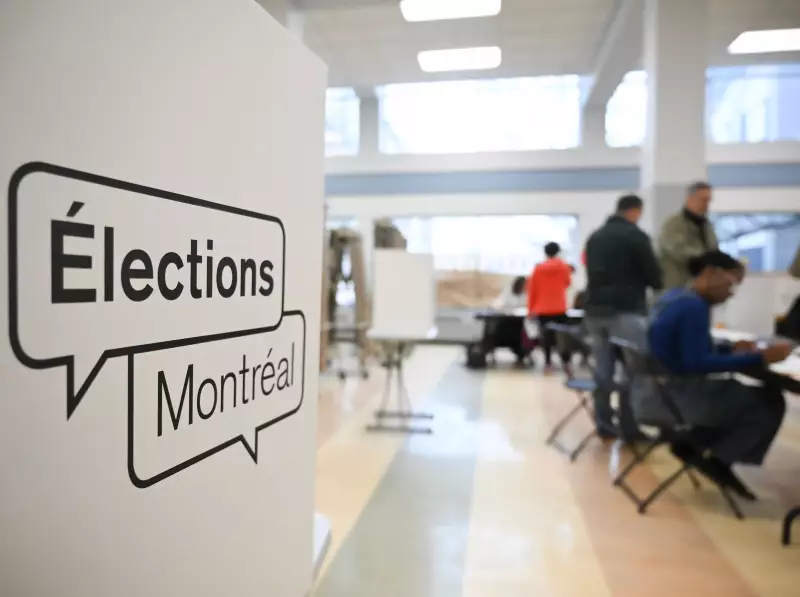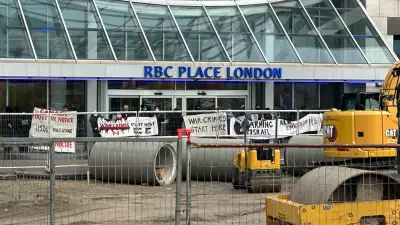
Montreal East Faces Unprecedented Election Deadlock
In an extraordinary turn of events that has captured political attention across Quebec, the Montreal East municipal election has resulted in a perfect tie between two candidates, forcing election officials to determine the winner through a random draw. The unprecedented situation emerged after all ballots were counted and revealed an exact match in vote totals between the competing candidates.
The election, held on November 2, 2025, saw residents of Montreal East participate in what initially appeared to be a standard municipal contest. However, as counting progressed through the evening, it became clear that this was no ordinary election night. The deadlock represents one of the rarest occurrences in Canadian electoral politics, where tied votes typically trigger automatic recount procedures before resorting to chance-based resolution methods.
The Unfolding Democratic Drama
According to election protocols established by Quebec's electoral authorities, when two candidates receive an identical number of votes after all recounts and verification processes are complete, the winner must be selected through a public drawing ceremony. This procedure, while seldom used, is designed to provide a definitive resolution when democratic processes cannot separate candidates.
The upcoming draw ceremony will be conducted under strict supervision of election officials and will likely involve traditional methods such as drawing names from a container or using numbered balls. Both candidates and their representatives will be present to witness the moment that will determine Montreal East's next municipal representative.
Historical Context and Electoral Procedures
While election ties are statistically rare in Canadian politics, they are not entirely unprecedented. Municipal elections across Canada have occasionally produced deadlocked results, particularly in smaller constituencies where fewer votes separate candidates. What makes the Montreal East situation particularly notable is its occurrence in a substantial urban constituency.
Electoral law in Quebec provides clear guidelines for such scenarios, ensuring that the resolution process remains transparent and fair to all parties involved. The drawing ceremony will be conducted with full media access and public observation to maintain confidence in the electoral system.
The two candidates, whose names have not been specified in initial reports, now face an anxious wait for the scheduled drawing ceremony. Both have campaigned extensively throughout Montreal East, addressing local issues and community concerns, only to find their political futures resting on pure chance.
Local political analysts note that while the random draw method may seem unconventional, it represents the only constitutionally sound approach to resolving such deadlocks without favoring either candidate. The outcome, regardless of which candidate prevails, will carry the full legitimacy of the electoral process.
This remarkable electoral tie serves as a reminder of the fundamental equality of every vote in democratic systems and the importance of established procedures for resolving even the most unusual electoral outcomes.





